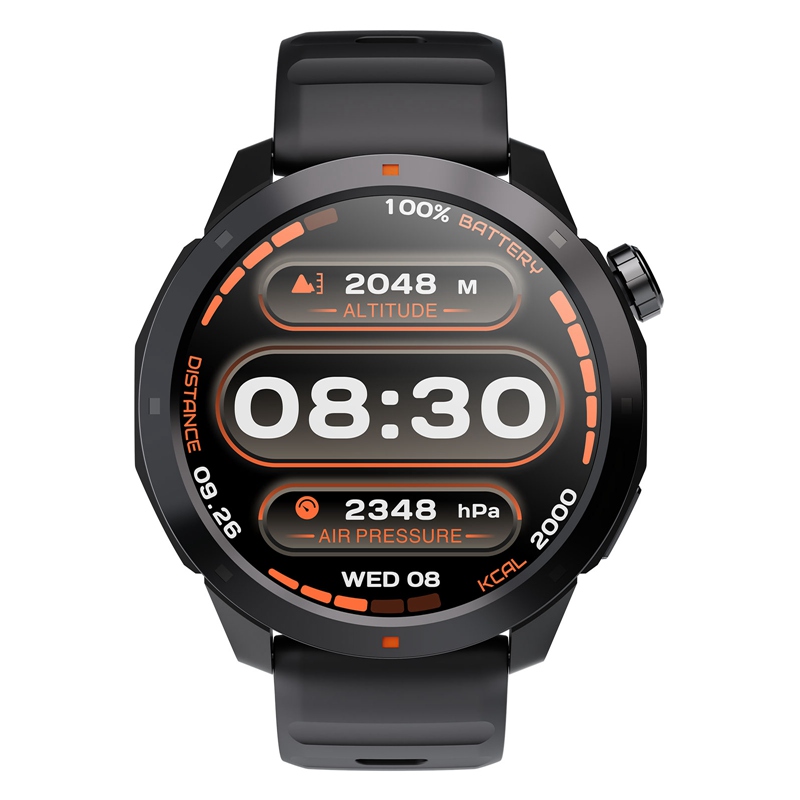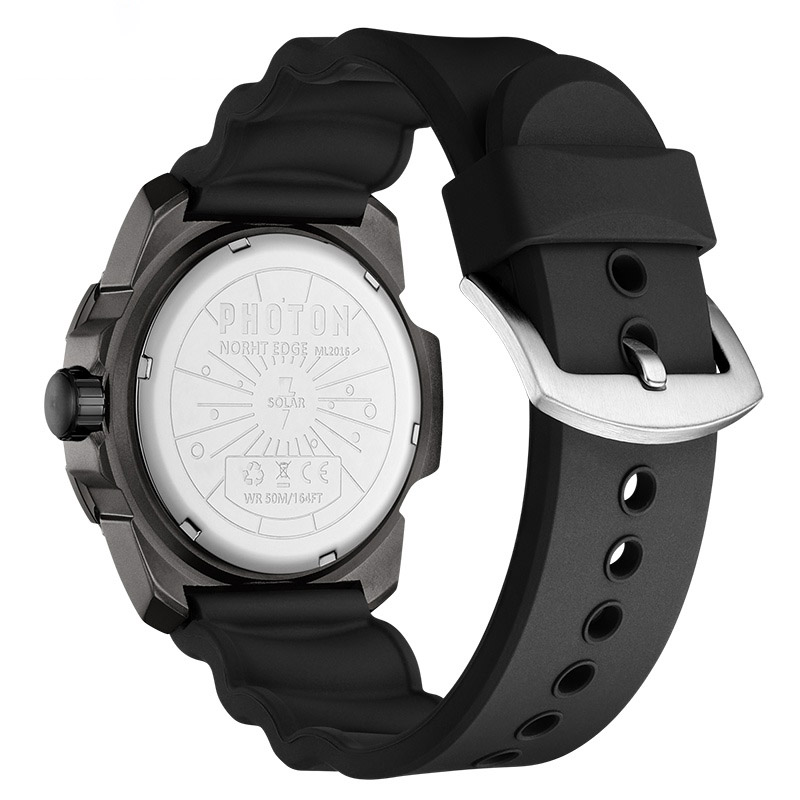French Normandy Region Entrepreneurs Visit QSTECH Global Headquarters
On the morning of October 22, 2024, a team of nine entrepreneurs from the French Normandy region visited the QSTECH global headquarters for a tour and exchange. QSTECH representatives extended a warm welcome to the visiting team.

The visit was led by the President of the Chamber of Commerce of Coutances, France and the President of the Normandy France-China Friendship Association, underscoring the high importance attached to this event. The team of entrepreneurs first toured the company's LED showroom, where they gained in-depth insights into QSTECH's development history and robust scientific research capabilities. The showroom displayed a variety of LED products and rich application scenarios, such as smart conference scenes, command center scenes, immersive creative scenes, and commercial display scenes, all showcasing QSTECH's remarkable achievements in the LED display field.

During the tour, QSTECH representatives demonstrated the company's core LED technology – the highly integrated three-in-one board. This innovative technology integrates three components—power supply, receiving card and HUB board—into a single board, leaving only one board inside the cabinet. The modules are connected to the board via a plug-in connection, eliminating the need for wiring and greatly enhancing product stability and reliability, while also making the cabinet lighter and thinner. Technicians performed an on-site hot-swappable replacement of the modules, impressing customers with its convenience and efficiency.

In the smart conference area, the new third-generation all-in-one LED display quickly captured the customers' attention with its sleek appearance and powerful functions. The exhibition area integrated LED display systems, interactive systems, video processing, and conference systems, creating a simple conference scene solution equipped with omnidirectional microphones and cameras. The display screen operation was as easy as using a home TV. After experiencing wireless screen sharing and touch operations on site, the customers praised QSTECH's outstanding achievements in the display field, marveling at both technical innovation and visual presentation.

The visit by the French Normandy region entrepreneurs aimed at conducting a comprehensive business inspection of QSTECH. By visiting the site, they gained a deeper understanding of QSTECH’s technology and products in the display field, laying a solid foundation for potential future business cooperation. This visit not only fostered friendly exchanges between Chinese and French enterprises but also holds the potential to become a new starting point for collaboration between both parties.





















